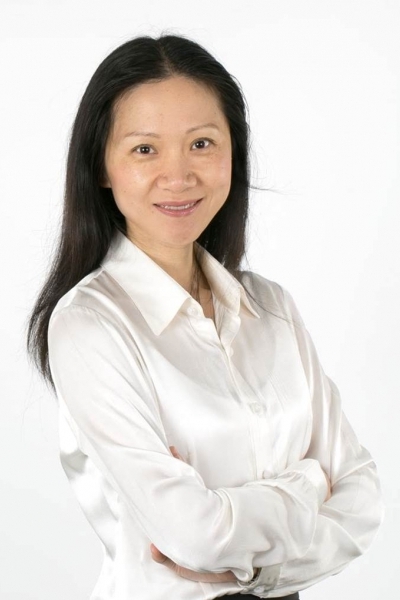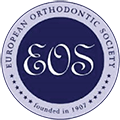
Yijin Ren, Netherlands
Curriculum vitae
Professor Ren has been Professor and Chair at the Department of Orthodontics, University Medical Centre Groningen, since 2007. She is also the current Director of the W.J. Kolff Institute for Biomedical Engineering and Materials Science,. The Kolff Institute is the only engineering institute in the Netherlands embedded in an academic hospital. She is a consultant orthodontist in the North Netherlands Cleft Lip and Palate Team.
Professor Ren has received a number of prestigious national and international awards including, the best five-year paper by the Dutch Orthodontic Society, research grants from the European Orthodontic Society (EOS), grants for talented PhD students from the Dutch Scientific Organization (VENI), the Distinguished Scientist Award ‐ Young Investigator Award by the International Association of Dental Research, best paper of the year by the Dutch Dental Journal, EOS best poster awards, and a visiting professorship and Outstanding Alumni Award by Wuhan University.
Her scientific interest focuses mainly on downward translational research in the field of biofilms and biomaterials. She is also active in research on clinical applications of three-dimensional (3D) imaging and 3D workflow.
Professor Ren was a former Council member of the World Federation of Orthodontists and is currently a member of the Editorial Board of a number of Science Citation Indexed journals. She has published over 110 peer-reviewed articles across different disciplines and has given many lectures at international conferences.
Lecture
Novel advances in disrupting, killing and removing oral biofilms
Currently over 60 per cent of all human infections treated by physicians are due to biofilms. In a biofilm, micro-organisms produce extracellular polymeric substances that embed biofilm inhabitants in a protective matrix against environmental challenges. One of the most studied biofilms is dental plaque. The accumulation of dental plaque subjects the teeth and gingival tissues to high concentrations of bacterial metabolites, resulting in dental disease. Bacterial biofilms are characterized as highly resistant to antibiotic treatment and immune responses. As early as 1684 Van Leeuwenhoek reported that 'the vinegar with which I washt my teeth, kill’d only those animals which were on the outside of the scurf, but did not pass thro the whole substance of it'. Since then little progress has been made in making biofilms more susceptible to antimicrobial treatment.
This lecture will address various aspects of the oral biofilm shelter. To this end, antimicrobial penetration into mature in vitro and in vivo formed biofilms as well as biofilms left behind after brushing was investigated in relation to brush mode (manual versus power brushing) and the antibacterial-regimen applied.
Further, an innovative biocompatible, three-dimensional (3D)-printable antibacterial resin composite for clinical use will be introduced. This newly developed composite kills bacteria on contact. Its efficiency and mechanical properties remain after the 3D printing process. This provides promising opportunities in the manufacture of oral/medical devices to combat the high incidence of biomaterial-associated infections.



